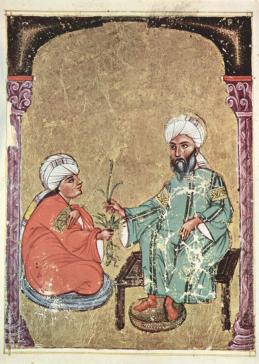The key figure in the transmission of Greek philosophical and medical knowledge to the Syriac and hence to the Arabic-speaking world in the fifth–seventh centuries CE was probably Sergius of Reshaina (died 536 CE), who came to Alexandria the late fifth century to study philosophy under the Greek-speaking Neoplatonist Ammonius son of Hermias (ca. 435–517 CE). Sergius translated medical works by Galen and other scientific treatises into Syriac, but also composed a Commentary on Aristotle’s Categories that closely followed contemporary Greek models and was hugely influential on subsequent philosophical education in Syriac. Several questions remain unsolved, however: Why did Sergius feel the need to come to Alexandria? What was the relation between the philosophical curriculum taught by Ammonius and absorbed by Sergius, on the one hand, and on the other the study of medicine, based on a selection of Galen’s works, as attested by the existence of almost contemporary commentaries and scholia on these works in Greek and Latin, and later in Arabic, all of which bear strong similarities in form and content? Might the structure of the philosophical and medical curricula studied at Alexandria in the period ca. 450–700 CE shed light on some particularly striking features of Syriac, and hence of later Arabic philosophy, especially the almost complete absence of Plato?

Folio from an Arabic manuscript of Dioscorides, De materia medica, 1229. Public domain.Source:https://en.wikipedia.org/wiki/Medicine_in_the_medieval_Islamic_world#/media/File:Arabischer_Maler_des_Kr%C3%A4uterbuchs_des_Dioskurides_004.jpg
Project
